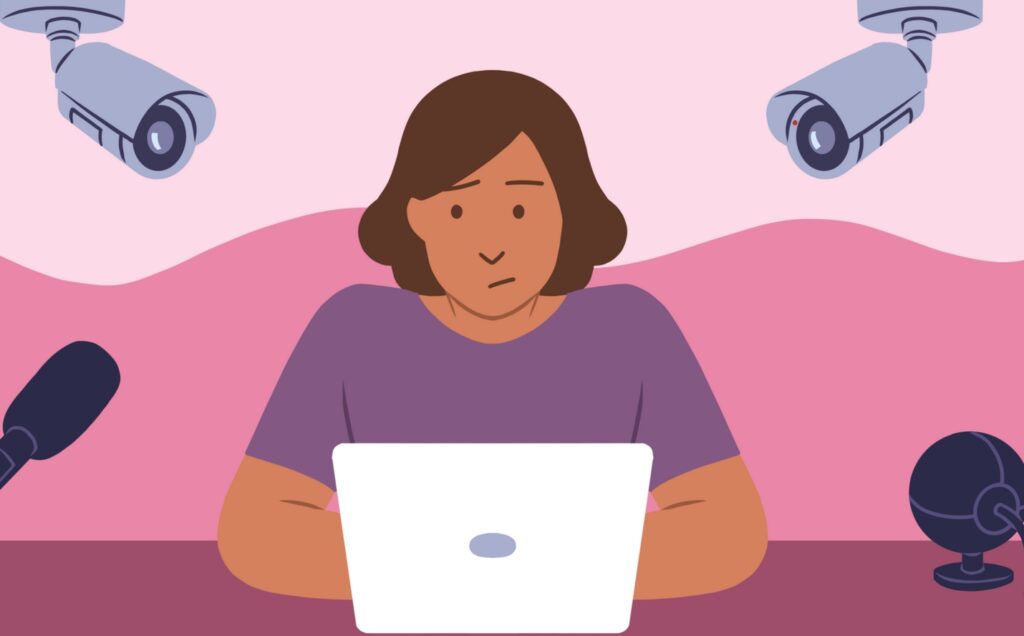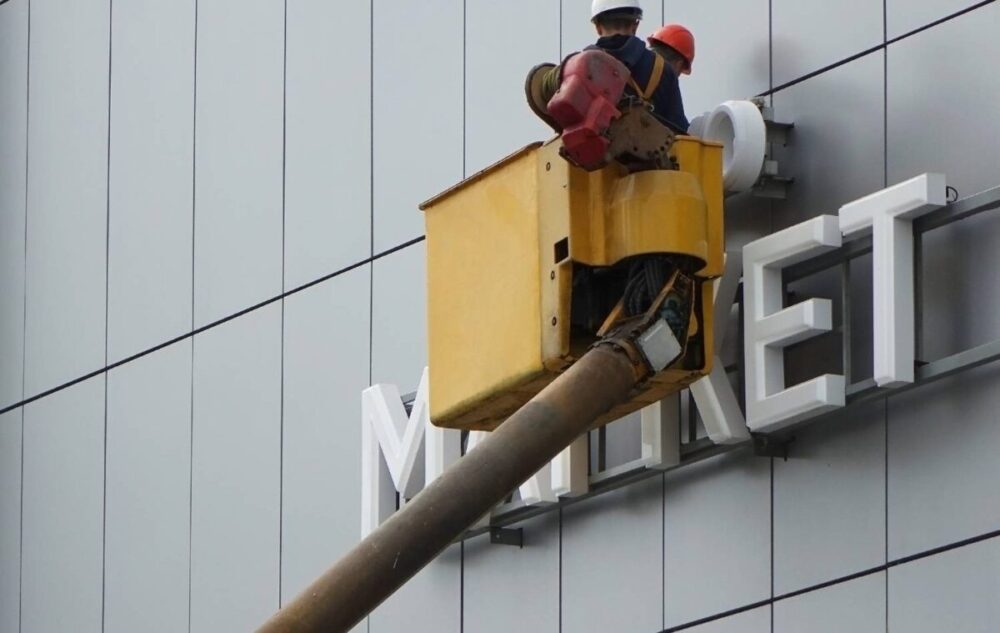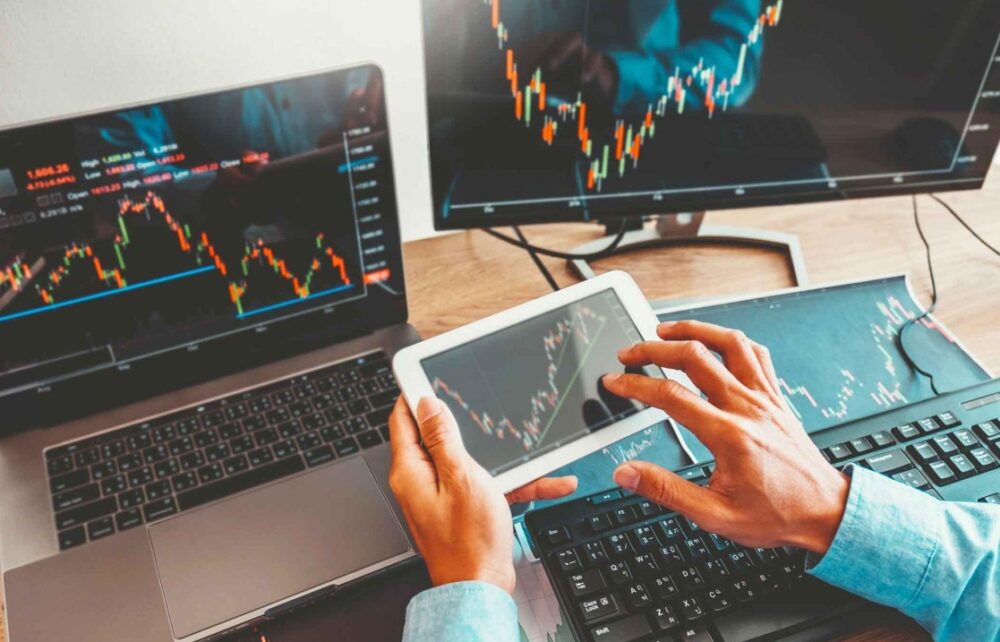Employee monitoring is one of those solutions that can seem like a no-brainer, but often falls by the wayside when it comes to business efficiency. After all, who wants their employees to track their every move? Wrong. Workers should be monitored every step of the way in order to ensure maximum productivity and efficiency. In this blog post, we will explore some of the benefits of employee monitoring and illustrate how it can help your business run more smoothly.

What is Employee Monitoring?
Monitoring is the process of tracking performance and activities in order to identify any issues or possible problems. This information can then be used to improve productivity and overall satisfaction. There are a number of different types of systems available, each with its own advantages and disadvantages.
Some common examples include time-tracking software, performance management software, and attendance-tracking tools. Time tracking software can help managers track the number of time employees spends working on assigned tasks, as well as the time they spend idle or taking breaks. Performance management software can help managers identify areas where employees need improvement, and provide guidance on how to address these issues. Attendance tracking tools can provide managers with detailed information about how many hours employees are actually working each day, as well as how many hours they are spending off duty (such as sleeping or watching television). While there are a number of different types of employee monitoring systems available, it is important to choose one that will fit the specific needs of your business. The best way to find out which system is right for you is to consult with a qualified expert.

Types of Workspace Monitoring
There are a variety of different types of employee monitoring tools available, each with its own unique benefits and drawbacks. Some of the most common types of monitoring tools include CCTV cameras, height monitors, and biometric sensors.
CCTV cameras can be used to monitor employees in public areas, such as the entranceway or lobby, while height monitors can be used to monitor employees who are working at high altitudes or in hazardous environments. Biometric sensors can be used to monitor the physical activity, breathing, or heart rate of employees. While all types of monitoring have their own benefits and drawbacks, they all have one common goal: to improve the productivity and safety of the employees who are monitored. If you’re considering using any type of monitoring tool, it’s important to weigh both the benefits and the risks before making a decision.

How to Implement Employee Monitoring Systems
One of the most important things you can do to increase your business efficiency is to monitor your employees. By implementing an employee monitoring system, you can keep tabs on who is working when, where they are, and what they are doing. This information can help you avert mistakes and improve overall productivity.
There are a number of different ways to implement an employee monitoring system. You can use software that comes bundled with the system or purchase an add-on package. You can also use a software as a service (SaaS) option or develop your own system. Whichever route you decide to take, there are some important considerations to make.
First, it is important to consider the type of data you want to collect. The types of data you need will depend on the type of business you run and the level of detail you want to capture. Some common data points include:
- Time Worked
- Location
- Activities performed
- Results achieved
Once you have determined the data you need, it is time to choose a platform for collecting and storing it. There are several different options available, like Spytector including cloud-based solutions, desktop applications, and mobile apps. It is important to choose a platform that meets your needs and fits into your overall business operation.
One of the most important aspects of a monitoring system is data accuracy. You need to ensure that all data collected by the system is accurate and reliable so that you have a complete picture of your workforce’s performance. To achieve this goal, you’ll need to install accurate timestamping software on all devices used for logging data (PCs, laptops, smartphones). Additionally, you’ll need to maintain regular backups of all data files in case of disaster or theft.
Another key factor in setting up an effective monitoring system is communication and coordination between management and workers. Ideally, the system should be able to connect directly with company computers so that managers can monitor worker activities in real-time. In addition, the system should be able to send notifications automatically to managers when certain events occur (such as when employees log into their accounts from different devices or locations).
Overall, an effective employee monitoring system is composed of many different components, all of which must work together smoothly to provide accurate and reliable data. By carefully planning the system’s setup and implementation, you can ensure that your business has the information it needs to identify and address problems early.

Benefits of Employee Monitoring
The benefits of monitoring are clear: Improved business efficiency.
It can help you keep tabs on your employees’ activity, ensuring that they are working towards the goals of your organization. This information can be used to provide feedback and guidance, as well as to detect and prevent potential workplace issues.
By tracking productivity and behavior, you can identify areas in which your staff needs improvement. This knowledge can assist you in developing training modules or issuing disciplinary sanctions, should necessary.
In addition to cutting down on workplace chaos and confusion, monitoring can also help to keep your employees on their toes. By closely observing their actions and behaviors, you can ensure that they are meeting the expectations of your company culture. This way, they will be more likely to stick around and contribute their skills in the future.

Conclusion
Employee monitoring can help you increase your business efficiency by giving you a clear picture of what is happening in your workplace. By being able to track employee behavior and performance, you can identify issues early and take appropriate action. This information can also be used to improve training and development opportunities, as well as create a more positive work environment.





